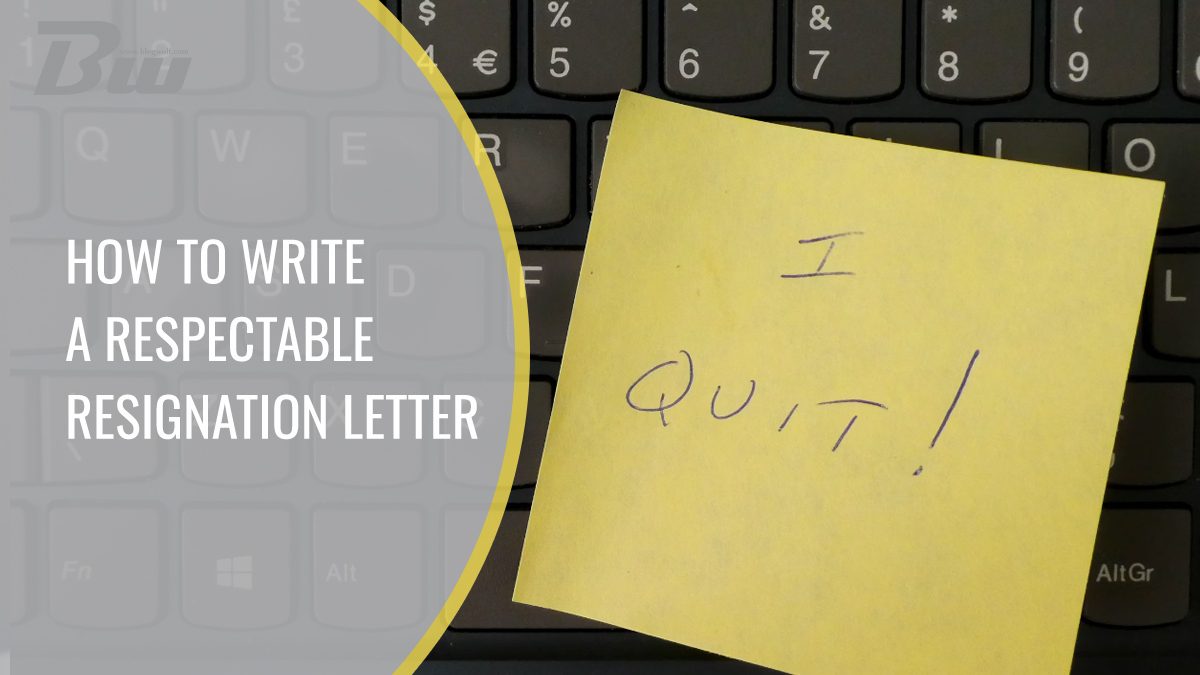Table of Contents
Quitting a job marks a pivotal moment in one’s career path. Whether you’re moving on to a new role, seeking further education, or shifting your career focus, it’s crucial to exit gracefully. A vital part of this process is crafting a professional resignation letter. This document not only makes your departure official but also showcases your professionalism and appreciation. Mastering the art of writing an effective resignation letter can facilitate a seamless transition and help preserve positive connections with your employer and coworkers.
The Role of a Resignation Letter
A resignation letter fulfills several important functions. Firstly, it formally informs your employer of your decision to leave the organization, which is essential for kickstarting the search for your replacement and organizing your exit strategy. Secondly, it serves as a written record of your departure, which can be significant for future employment references. Lastly, this letter provides you with an opportunity to convey gratitude for the experiences you’ve gained during your time at the company—a final chance to leave behind a favorable impression as you embark on new ventures.

Essential Elements of an Appropriate Resignation Letter
When composing your resignation letter, including certain key components is vital for ensuring clarity and professionalism:
- Header and Date: Begin with your contact details at the top, followed by the date and then the recipient’s information (typically addressed to your supervisor or HR representative).
- Greeting: Address the letter directly to your immediate supervisor using formal salutations like Dear [Supervisor’s Name]. If directed towards Human Resources or another department, you may opt for a more general greeting such as Dear HR Team.
- Resignation Statement: Open with a clear declaration of your intention to resign from the company. Specify both the position you’re leaving and when this will take effect—for instance: I am writing to officially resign from my position as [Your Job Title] at [Company Name], effective [Last Working Day].
- Reason for Leaving (Optional): While it’s not mandatory to provide reasons for resigning, if you feel inclined to share them briefly and positively that’s fine—such as stating that you’ve accepted another job offer better suited to your career goals or that you’re returning to school.
- Expression of Gratitude: Take time in this section to thank those involved in shaping your experience at the company; mention specific skills or experiences that were meaningful duringyour tenure—e.g., I appreciate all support from you and my colleagues at [Company Name]; I have learned immensely here.
- Willingness to Assist During Transition: Offering help during this period reflects well on you professionally; consider mentioning that you’re available for training someone new or wrapping up ongoing projects—e.g., I am eager to assist in making this transition seamless by training my successor or finishing any outstanding tasks.
- Closing Remarks: Conclude with positive sentiments about the company’s future success; something simple like I wish [Company Name] continued prosperity works well.
- Signature: End with an appropriate closing such as “Sincerely” or “Best regards,” followed by either handwritten signature (if printed) along with typed name.
Sample Resignation Letter Template
Here’s an example format you might follow when drafting yours:
“`
[Your Name]
[Your Address]
[City, State ZIP Code]
[Email Address]
[Phone Number]
[Date]
[Supervisor’s Name]
[Company Name]
[Company Address]
[City, State ZIP Code]
Dear [Supervisor’s Name],
I am writing today to formally resign from my role as [Your Job Title] at [Company Name], effective [Last Working Day]. This decision was not made lightly; I have truly valued my time here and have gained so much knowledge.
After thoughtful consideration, I have chosen to pursue another opportunity that aligns more closely with my professional goals.
I want express heartfelt thanks for all guidance provided during my tenure here; working alongside such talented individuals has been incredibly rewarding.
Please rest assured I will do everything possible over these last weeks ensure smooth transition—I would be happy assist in training someone new or finalizing any outstanding work before I leave.
Thank you once again! Wishing everyone continued success ahead!
Sincerely,
[Your Signature (if submitting hard copy)]
[Your Typed Name]
“`
Guidelines for Crafting Your Resignation Letter
– Be Professional: Maintain respectfulness throughout—even if circumstances are challenging.
– Stay Concise: Keep it brief without unnecessary elaboration.
– Be Honest: If sharing reasons feels right but avoid excessive detail if uncomfortable.
– Proofread Carefully: Ensure there are no errors—this shows attention-to-detail which reflects professionalism.
Conclusion
Creating an appropriate resignation letter is crucial when leaving on good terms—it allows formal communication regarding departure while expressing gratitude and offering assistance during transitions ahead. By adhering these guidelines can help ensure that departing leaves lasting positive impression while advancing toward new opportunities remember how one exits can be just impactful how one enters!

